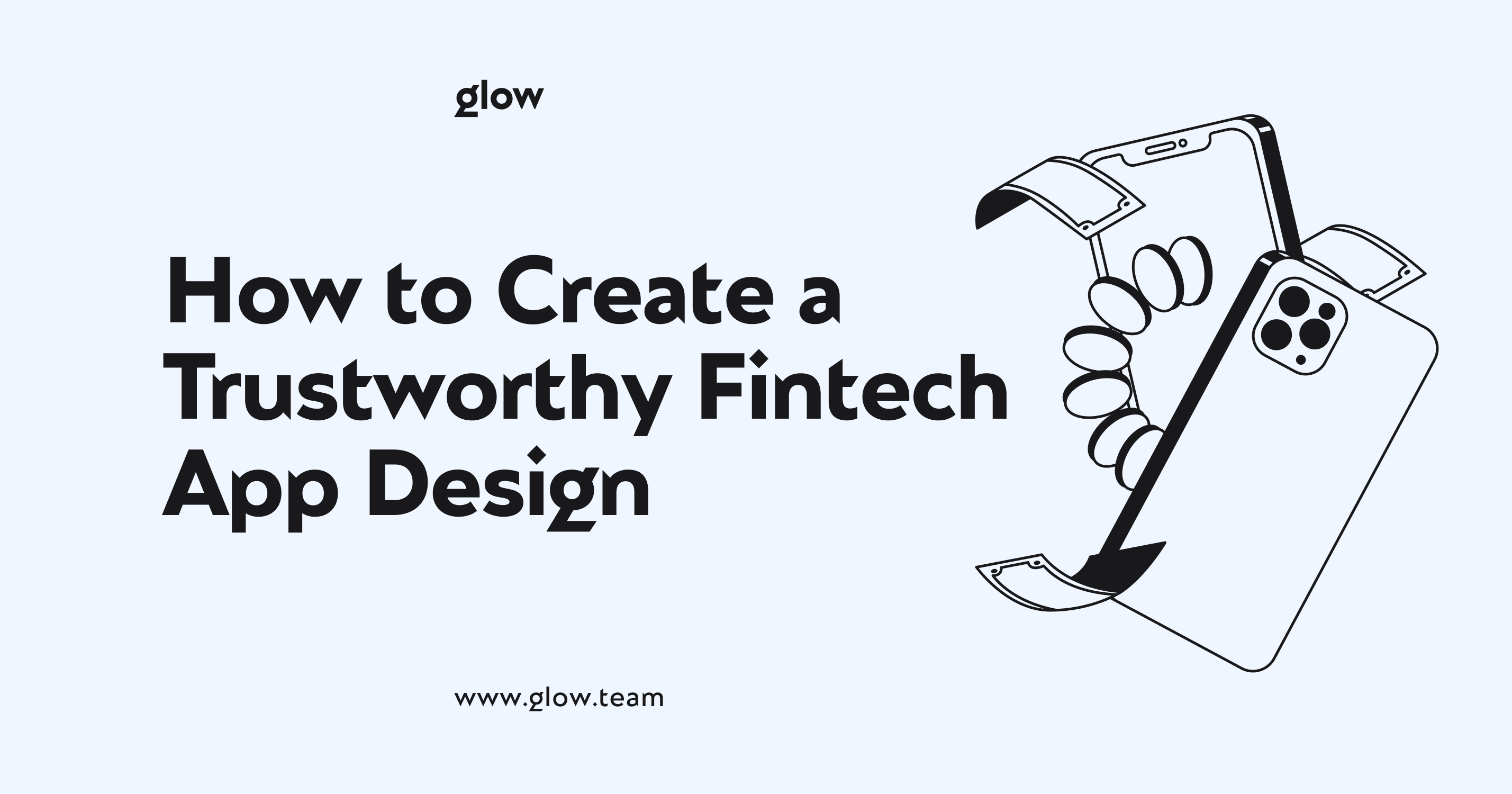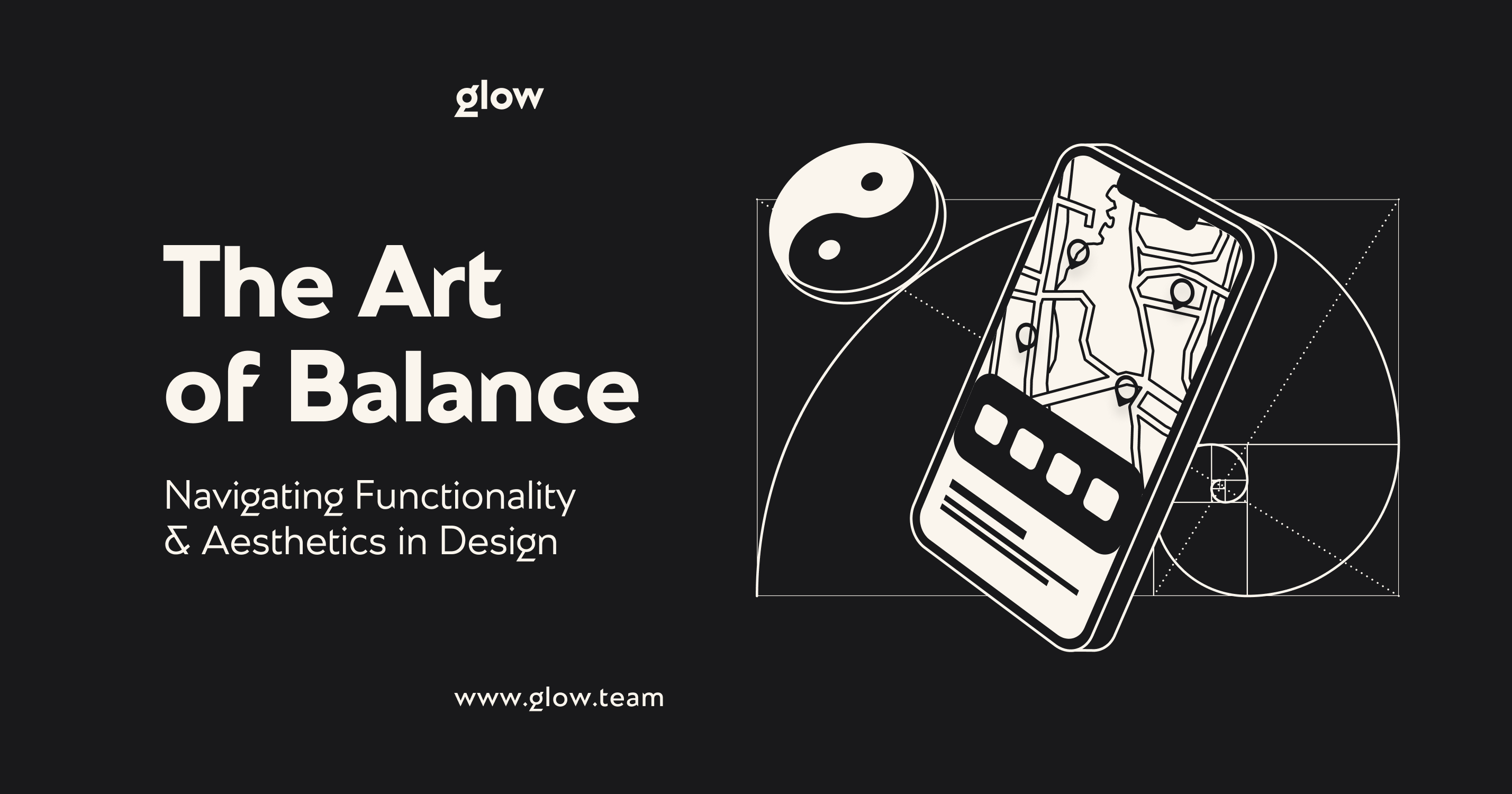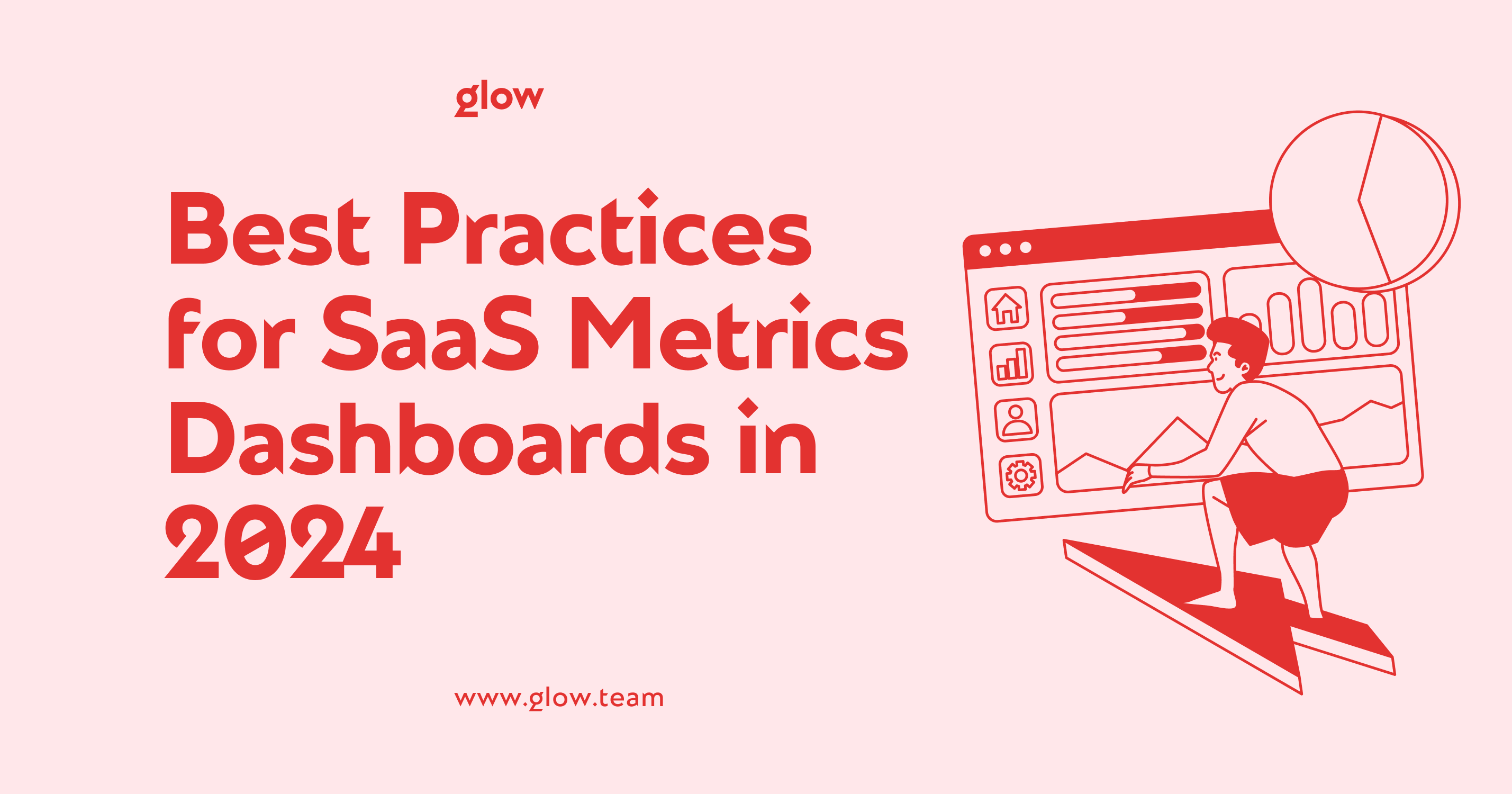The fintech apps development industry is set to boom in 2024. More and more people are using digital solutions for banking and financial transactions. This trend creates opportunities for new fintech apps. But making a robust fintech app is not easy. It requires careful planning and execution. And that's why our company, Glow, is here to help you!
This guide will help you build a robust fintech application. We'll cover basic features and design tips. We'll also discuss best practices and common pitfalls.
Following this guide, you can create a fintech app that users will trust. And if you're afraid you can't design independently, Glow is ready to help you quickly and easily. Together, we can create a secure, user-friendly, and compliant app. Let's dive into the world of building a fintech app.
Essential Features of a Fintech App
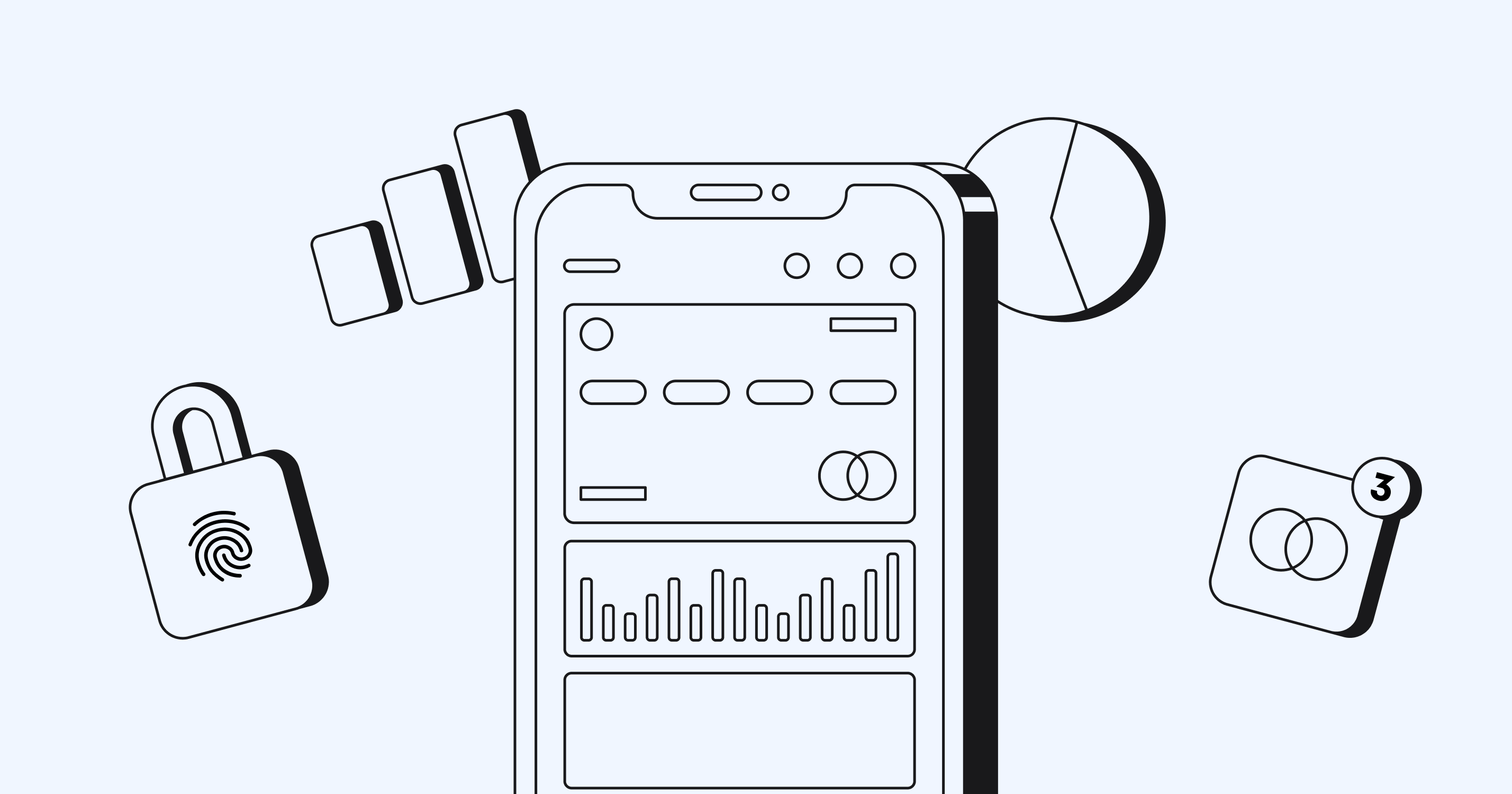
Our company before looking at certain aspects first shows what the essence is. The fintech app is no exception in this case. Fintech is the fusion of finance and technology. It revolutionizes the way we manage money and access financial services. Fintech apps bring banking, investments, and payments to our smartphones. They make financial tasks faster, easier, and often cheaper.
Fintech developments have changed the financial landscape. Traditional banks are adapting to keep up with digital solutions. Startups are creating innovative apps to solve money problems. Consumers now expect convenient, 24/7 access to their finances. fintech apps serve different purposes:
- Some focus on personal banking and budgeting
- Others facilitate investments or provide lending services
- There are also apps for insurance, cryptocurrencies, and financial education
A good fintech application should simplify complex financial tasks. It should provide clear information and easy-to-use tools. The best apps offer personalized information and useful features. They allow users to make more informed financial decisions.
Glow brings you a look at the key features of fintech apps. Want to know what makes them reliable and user-friendly? Prepare to be amazed:
Biometric and Secure Sign-In
Security is crucial in any field. But, when creating a fintech app, it is essential to take this part seriously. Users need to be sure that their data is safe. Biometric login is a secure and convenient solution. Consider these options:
- Fingerprint scanning
- Face recognition
- Voice recognition
- Two-factor authentication (2FA)
Implement at least two of these methods. This approach enhances security without sacrificing user experience.
Push Notifications & Alerts
Keep users informed about their financial activities. Push notifications and alerts are essential for this. They can notify users about:
- Account balance changes
- Upcoming bill payments
- Unusual account activity
- Investment opportunities
- New features or updates
Ensure that notifications are customizable in a modern mobile fintech application. Users should control which notifications they receive.
API Integrations
APIs connect your fintech app to other financial services. They enable seamless data exchange and expanded functionality. Consider integrating with:
- Banking systems
- Payment gateways
- Stock market data providers
- Credit scoring agencies
- Cryptocurrency exchanges
Choose reliable API providers. Ensure they meet security and compliance standards.
Payments and Transfers
A core function of many fintech apps is money movement. Your app should support various payment and transfer options:
- Bank transfers
- Peer-to-peer payments
- Bill payments
- International transfers
- Recurring payments
Make these processes fast and simple. Implement security measures such as transaction limits and verification steps. But remember that conducting a thorough fintech tutorial before implementing anything is essential.
Data Visualization
Financial data can be complex. Help users understand their finances with clear visualizations. Include features like:
- Spending charts
- Investment performance graphs
- Budget tracking visuals
- Income vs. expense comparisons
- Savings goal progress bars
Use simple, intuitive designs, and Glow can help you! Make sure visuals are easy to understand at a glance.
Tips for Crafting an Outstanding Financial App Design
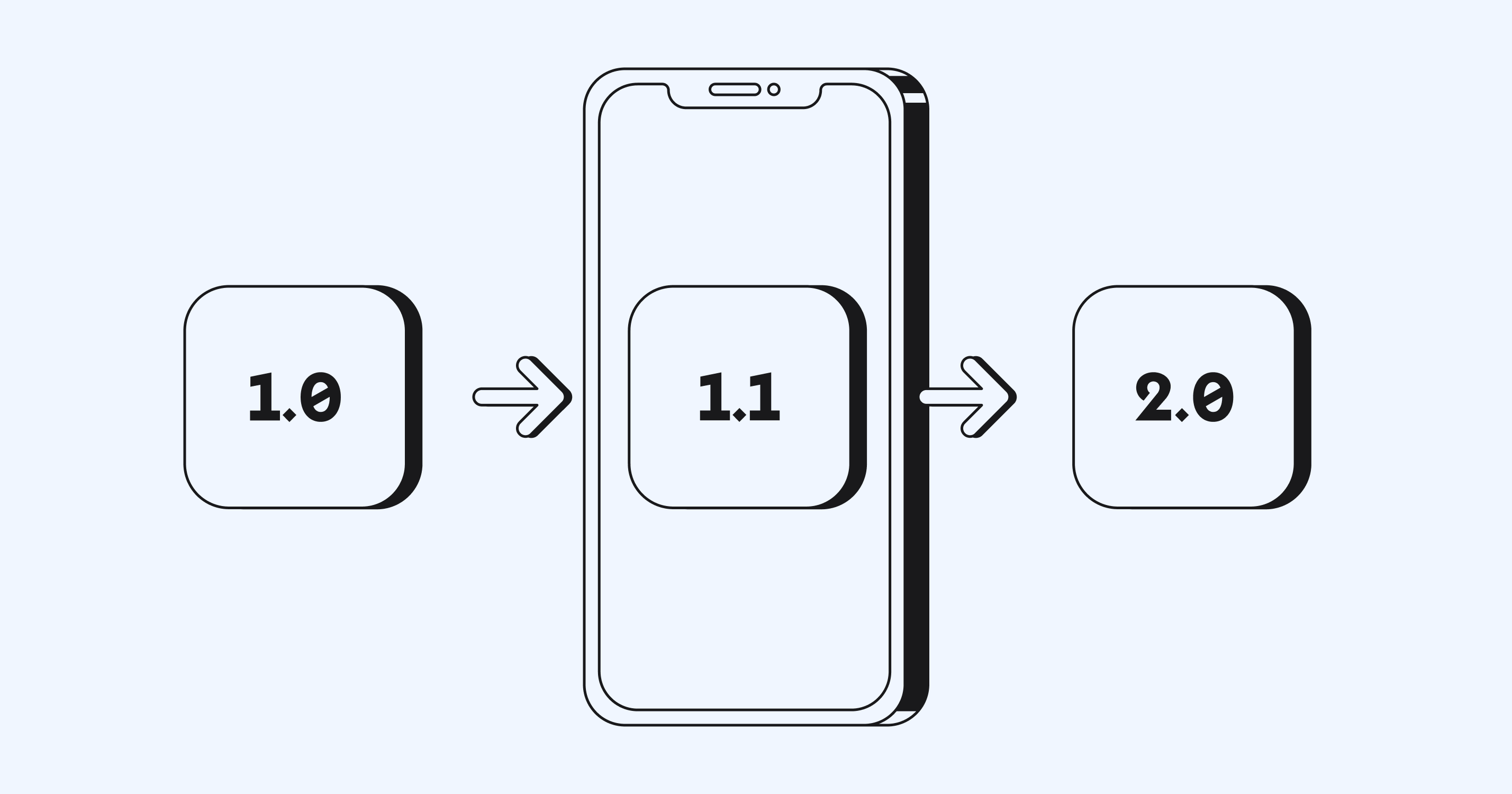
Quality design is essential when discussing any website or product for sales! And when building a fintech app, it's worth paying attention to it, too. It's not just about looking good. A well-designed app builds trust among users. It makes complex financial tasks seem simple and doable. Good design in fintech applications serves several purposes at once:
- It improves user experience and increases engagement. A well-designed layout helps users understand essential features. Clear visuals help people better understand their financial data.
- The design also plays a crucial role in app security. Well-designed security features protect users without frustrating them. This balance is critical in a delicate world like finance.
- Also, great design in fintech applications can make your app stand out. In a crowded market, this can be a deciding factor for users. People are more likely to stay with apps that are easy to use.
- Accessibility is another important aspect of app design. A well-designed app should be accessible to people with different abilities. This inclusivity expands the potential user base.
- Finally, an excellent mobile fintech design supports the functionality of the app. It ensures that all the features work cohesively. This integration creates a seamless experience for the users.
Let's take a quick and detailed look at how to achieve these design goals:
Business Plan and UX Research
Start with a solid business plan. Define your app's goals and target audience. Conduct thorough user experience (UX) research. It helps you understand user needs and preferences. Key steps in this phase:
- Define your unique value proposition
- Identify your target market
- Analyze competitors
- Conduct user surveys and interviews
- Create user personas
Choosing Your Tech Stack and Team
Select the right technologies to create a fintech app that is one of the best. Consider factors like:
- Scalability
- Security
- Performance
- Development speed
- Maintenance requirements
Assemble a skilled team. You'll need:
- UX/UI designers
- Mobile developers
- Backend developers
- QA testers
- Project managers
Choose Glow Team because we have experience in fintech and cool design.
Wireframe Design
Create wireframes to outline your app's structure. Wireframes are simple sketches of app screens. They help you:
- Plan user flow
- Organize content
- Test different layouts
Use tools like Sketch, Figma, or Adobe XD. Start with low-fidelity wireframes. Refine them based on feedback.
Prototype and Release
Build a prototype based on your wireframes. A prototype is a working model of your app. It lets you test functionality and user experience before fintech app development. Steps in the prototyping phase:
- Create a high-fidelity prototype
- Conduct user testing
- Gather feedback
- Make necessary adjustments
- Prepare for initial release
Maintenance and Support Services
Your work doesn't end at launch. Plan for ongoing maintenance and support. This includes:
- Bug fixes
- Security updates
- New feature development
- User support
- Performance monitoring
Allocate resources for these ongoing tasks. They're crucial for long-term success.
Copy and Microcopy
Words matter in fintech apps and also when you make a fintech tutorial. Clear, concise copy builds trust. Pay attention to all text in your app. It includes:
- Headlines
- Button labels
- Error messages
- Tooltips
- Terms and conditions
Use simple language. Avoid jargon. Make sure all text is easy to understand.
User Flow
Design a smooth, logical user flow. Users should easily navigate your app. Consider these points:
- Minimize the number of steps for tasks
- Use clear, descriptive labels
- Provide visual cues for navigation
- Ensure consistency across screens
- Offer help or explanations when needed
Test your user flow with real users. Refine it based on their feedback.
Colors
Choose colors that inspire trust and professionalism. Common colors in building fintech app include:
- Blue (trust, stability)
- Green (growth, money)
- White (clarity, simplicity)
- Gray (balance, calmness)
Use color to guide users and highlight important information. Ensure good contrast for readability.
Display of Content and Device Adaptation
Design for various devices and screen sizes. Your app should work well on:
- Smartphones
- Tablets
- Desktops (for web versions)
Use responsive design principles for mobile fintech. Ensure content is readable and clickable on all devices. Test your app on multiple devices before launch.
Best Practices in Fintech App Design

When developing fintech apps, it is crucial to follow best practices. These guidelines ensure that fintech app development meets industry standards. They help you create a product that is trusted and liked by users.
Best practices cover various aspects of app development. But here, implementing these practices demonstrates professionalism and commitment to quality. It builds trust in your app among users and stakeholders. This trust is essential in the financial sector.
Different practices evolve with technology and user expectations. Keeping up to date with the latest trends is very important. It will help your app stay competitive and relevant. Therefore, it's time to consider different strategies that will help you create a fintech app:
Simplicity & Clarity
The design of the app should be simple and clear. Avoid cluttered screens - above all, they are not pretty and look messy. Use white space effectively because it can set the mood for minimalism. Present information in formats that are easy to digest. Tips for simplicity:
- Use clear, concise language
- Limit options to prevent overwhelm
- Use icons to represent complex concepts
- Provide step-by-step guidance for complex tasks
- Offer a clean, uncluttered interface
Security
We have already talked about safety, but let's do it again! Security is always an essential aspect that should not be ignored. When developing a fintech app, apply strong security measures:
- End-to-end encryption
- Secure data storage
- Regular security audits
- Compliance with financial regulations
- Fraud detection systems
Personalization
Customize the fintech application experience for each user. This will allow users to customize their experience, and they can choose what and how they see. Use data to offer personalized services:
- Insights
- Recommendations
- Alerts
- Product offers
User-centricity
Put users at the center of your design process. Consider their needs, preferences, and pain points. Regularly gather and act on user feedback. Ways to be user-centric:
- Conduct regular user surveys
- Analyze user behavior data
- Offer multiple support channels
- Continuously improve based on user input
- Test new features with user groups
Common Pitfalls to Dodge
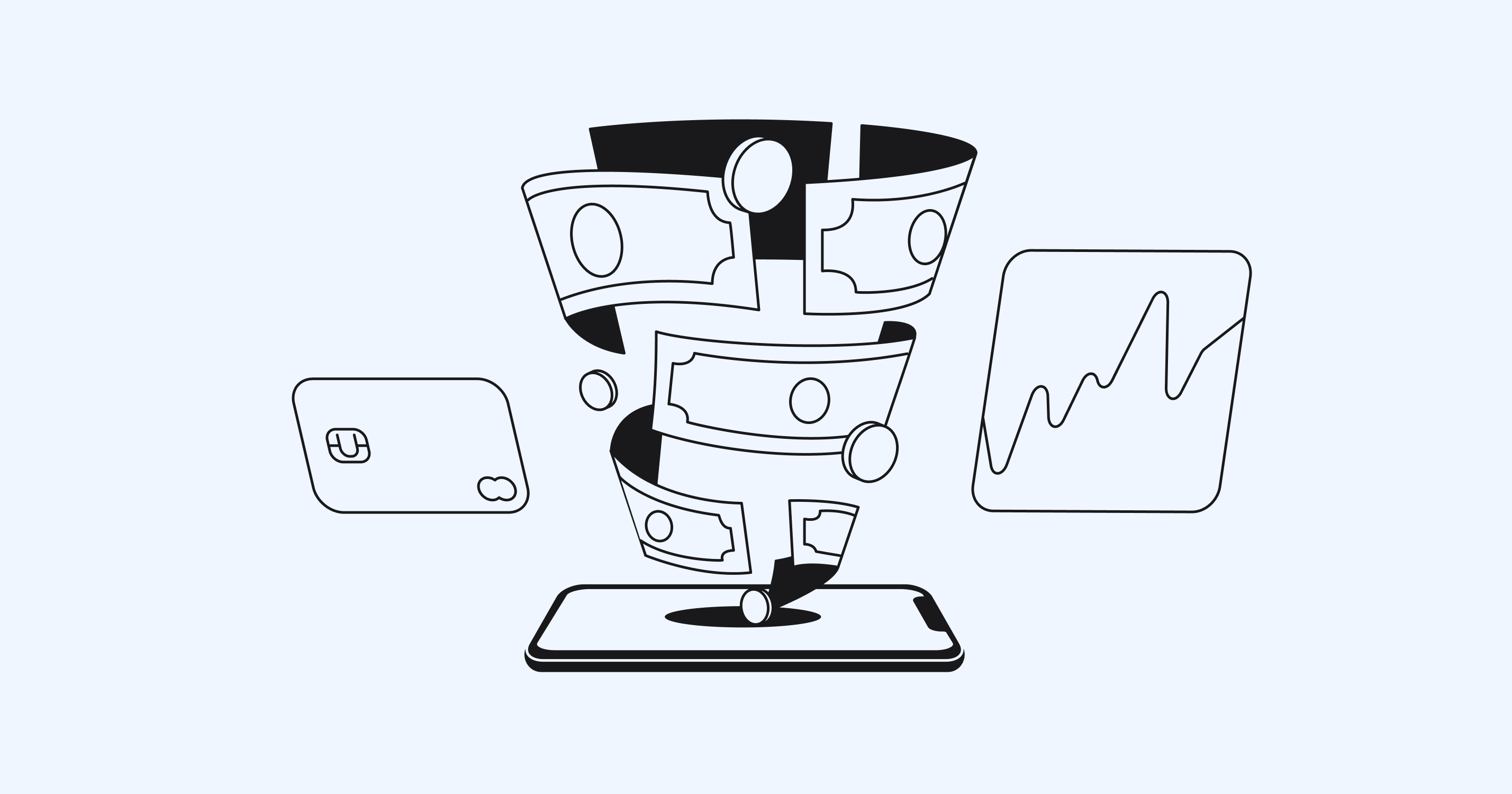
Creating a fintech application involves certain difficulties. That's why we recommend developing a correct fintech tutorial. Knowing the common pitfalls will help you avoid costly mistakes. Here are some key points you should pay attention to:
- Ignoring regulations. Failure to follow financial regulations can lead to legal problems. Be aware of relevant laws and guidelines.
- Cluttered interface. A complex, confusing design can frustrate users. Keep the application interface clean and intuitive.
- Poor performance. Slow loading or frequent crashes will drive users away. Make sure your app runs smoothly on different devices.
- Lack of testing. Insufficient testing can lead to bugs and vulnerabilities. Conduct thorough testing throughout the process of building a fintech app.
- Neglecting user feedback. Ignoring user feedback can lead to an unmodern product. Collect user feedback regularly and incorporate it.
- Neglecting application updates. A lack of regular updates can cause your app to become outdated. Plan for continuous improvements and feature additions.
- Inconsistent branding. A lack of brand consistency can confuse users. Maintain a consistent look and feel throughout your app.
Main Types of Fintech Products

The fintech industry encompasses a wide range of financial services. This diversity reflects the different needs of consumers and businesses. Different types of fintech products are designed to solve specific financial problems.
It is also worth saying that the diversity of fintech products is due to the complexity of the financial industry itself. Money management encompasses many activities, from day-to-day transactions to long-term investing. Each area presents unique challenges and opportunities for innovation.
User preferences also drive the development of different types of fintech apps. Some prefer one-size-fits-all financial apps. Others choose specialized tools to solve specific problems.
Understanding these different types helps in creating focused and effective fintech solutions. It allows developers to target specific market needs and user groups.
Digital Banking App
Digital banking apps offer traditional banking services online. Features include:
- Account management
- Fund transfers
- Bill payments
- Mobile check deposits
- Loan applications
These apps aim to replace or supplement physical banks.
Payment App
Payment apps facilitate money transfers between users. They often focus on:
- Peer-to-peer payments
- Merchant payments
- International transfers
- Split bills functionality
Popular examples include Venmo and PayPal.
Investment and Trading App
These fintech applications allow users to invest in stocks, bonds, and more. Key features:
- Real-time market data
- Buy/sell functionality
- Portfolio tracking
- Investment advice
- News and analysis
Examples include Robinhood and E*TRADE.
Personal Finance Management App
These apps help users manage their overall financial health. They often include:
- Budget tracking
- Expense categorization
- Savings goals
- Bill reminders
- Credit score monitoring
Mint and YNAB are popular examples in this category.
Insurance App
Creating fintech insurance apps streamline the insurance process. They may offer:
- Policy management
- Claims filing
- Premium payments
- Coverage comparisons
- Risk assessments
These apps can cover various insurance types (auto, home, life, etc.).
Digital Wallet
Digital wallets store payment information securely. They allow users to:
- Make contactless payments
- Store loyalty cards
- Manage multiple payment methods
- Send money to contacts
- Track spending
Apple Pay and Google Wallet are well-known digital wallets.
Strategic Steps in Fintech Product Development
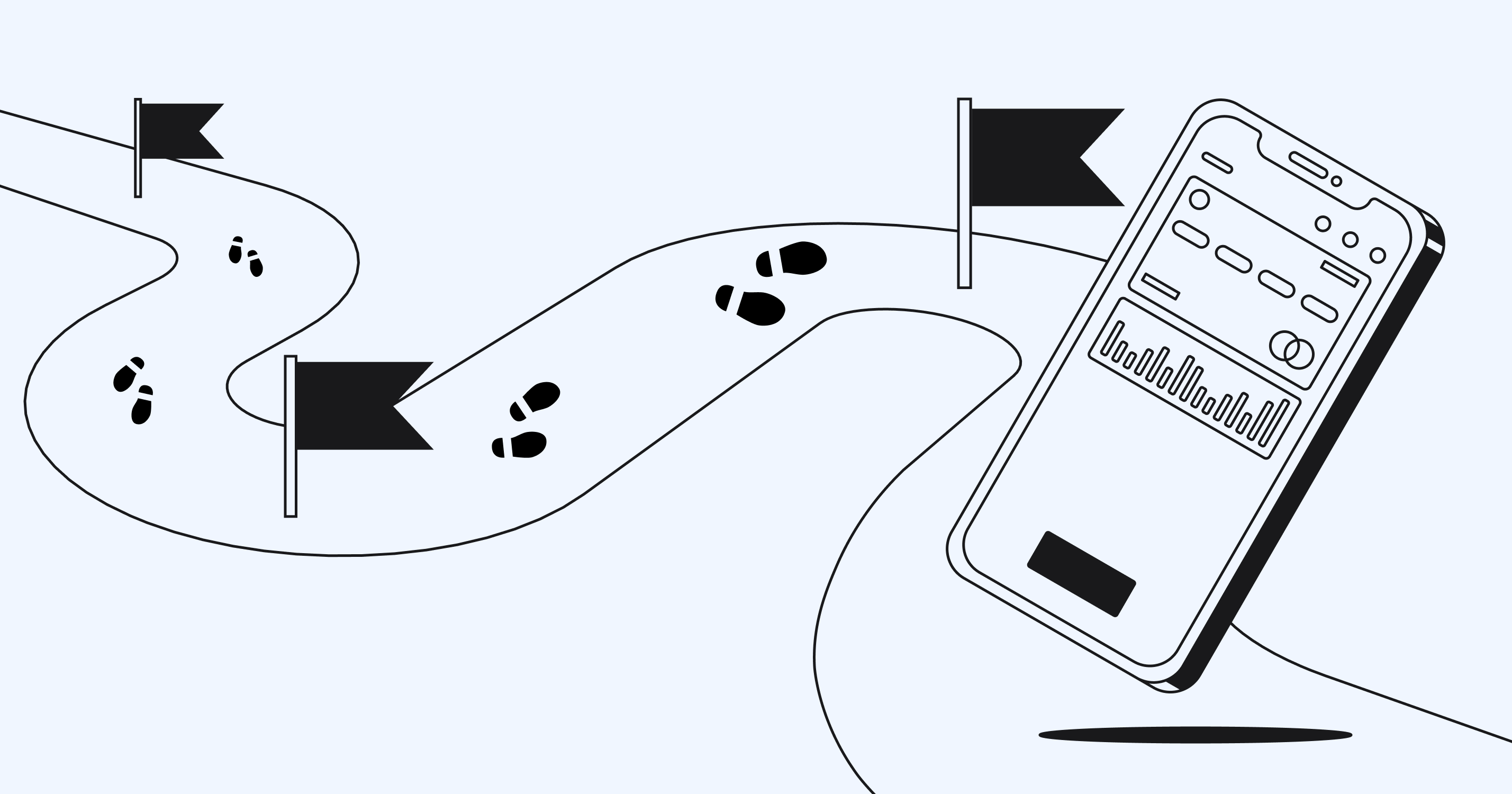
A step-by-step approach for fintech tutorials is crucial. It ensures that the process is structured and thorough. Following strategic steps reduces the risk of costly mistakes. It allows developers to address potential problems early on. This approach also helps in meeting regulatory requirements efficiently.
A structured development process improves team coordination. It clarifies roles and responsibilities at each stage. This clarity leads to better communication and more efficient workflow.
Strategic steps also help in resource allocation. They help in planning budgets and timelines more accurately. Such planning is essential for managing complex fintech projects. You will build a solid foundation for your fintech application by following strategic steps. Therefore, it is important to know each of the steps for understanding:
Choose Your App Type
Decide what type of mobile fintech app you want to create. Consider:
- Market demand
- Your expertise
- Competitive landscape
- Regulatory requirements
- Potential for innovation
Choose a niche where you can offer unique value.
Gather a Dedicated Team
Assemble a skilled team for your project. You'll need:
- Fintech experts
- UX/UI designers
- Mobile developers
- Security specialists
- Compliance officers
- Quality assurance testers
Ensure team members understand fintech's unique challenges.
Research the Market
Conduct thorough market research. This helps you understand:
- User needs and preferences
- Competitor offerings
- Market trends
- Potential obstacles
- Opportunities for innovation
Use this research to refine your fintech apps development concept.
Ensure Regulatory Compliance
Fintech apps must comply with various regulations. These may include:
- Know Your Customer (KYC) rules
- Anti-Money Laundering (AML) laws
- Data protection regulations (like GDPR)
- Financial industry standards
Work with legal experts to ensure compliance.
Define Your App's Features
Based on your research, define your app's features. Prioritize features that:
- Address user needs
- Differentiate your app
- Are feasible to implement
- Comply with regulations
- Offer a clear value proposition
Create a detailed feature list and roadmap.
Start Your UX/UI Design Process
Begin designing your app's user experience and interface. Follow these steps:
- Create user personas
- Map out user journeys
- Develop wireframes
- Design high-fidelity mockups
- Build an interactive prototype
Test designs with potential users after building a fintech app.
Develop Your App
Start building your app based on your designs. Consider:
- Choosing the right development framework
- Implementing robust security measures
- Integrating necessary APIs
- Ensuring scalability
- Following coding best practices
Use an agile development approach for flexibility.
Test Your App
Thoroughly test your app before launch. This includes:
- Functional testing
- Security testing
- Performance testing
- User acceptance testing
- Compliance testing
Address all issues found during testing.
Launch Your App
Prepare for your app launch. This involves:
- Submitting to app stores
- Creating marketing materials
- Preparing support channels
- Setting up analytics
- Planning for user feedback
Consider a soft launch to gather initial user feedback.
Final Thoughts

When you decide on fintech app development, you must realize that it is a complex process. It requires careful planning, design, and execution. Focus on security, user experience, and compliance. Our recommendation is to gather continuous feedback so that you can improve your app continuously. With the right approach, you can create a fintech app that users will trust and love. And Glow will help you do it!

